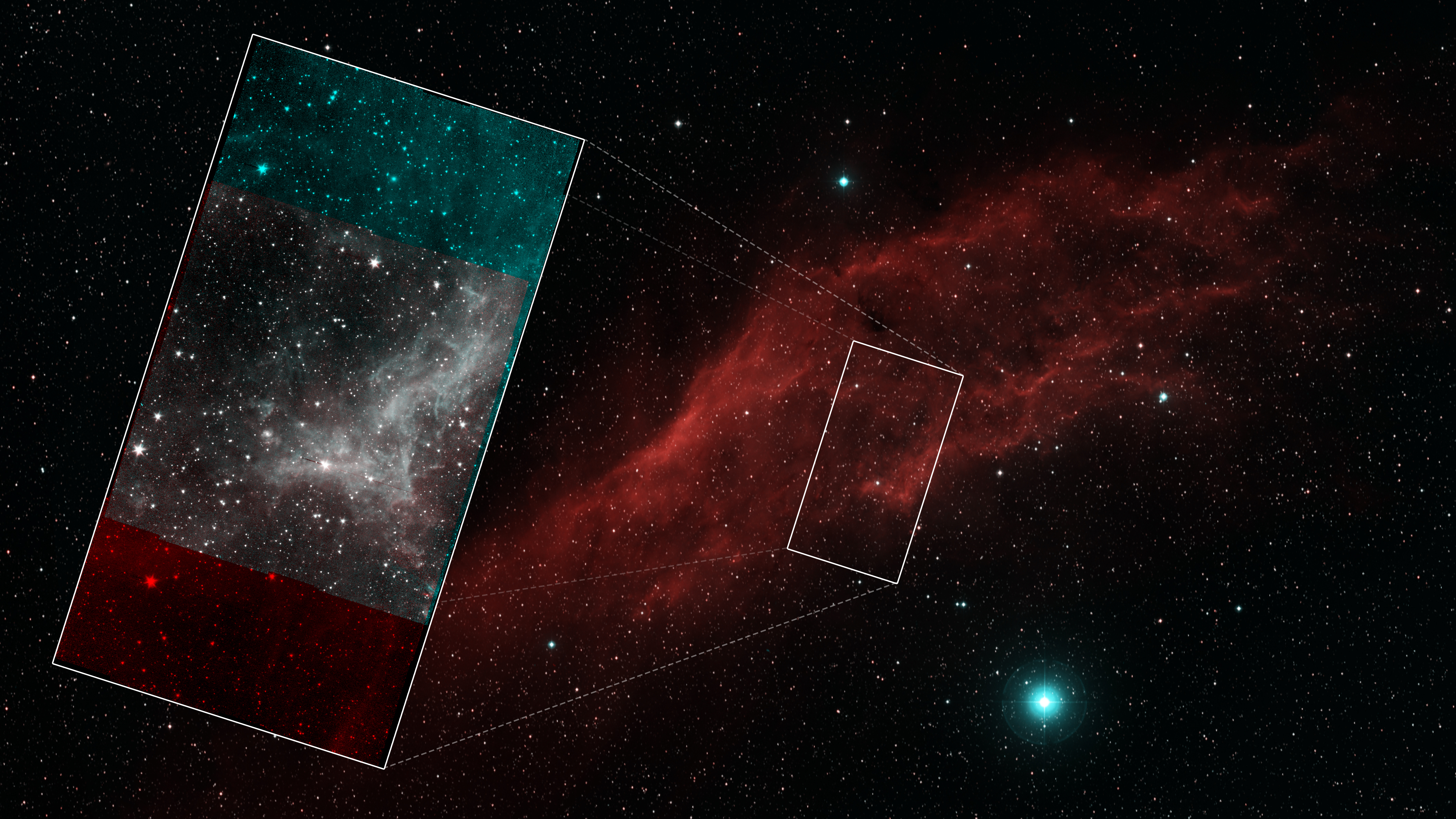
Five days before NASA’s Spitzer Space Telescope ended its mission on Jan. 30, 2020, scientists used the spacecraft’s infrared camera to take multiple images of a region known as the California Nebula—a fitting target considering the mission’s management and science operations were both based in Southern California at NASA’s Jet Propulsion Laboratory and Caltech. This mosaic is made from those images. It is the final mosaic image taken by Spitzer and one of hundreds the spacecraft captured throughout its lifetime.
Located about 1,000 light-years from Earth, the nebula looks more than a little like the Golden State when viewed by visible-light telescopes: It is...
Read More






Recent Comments